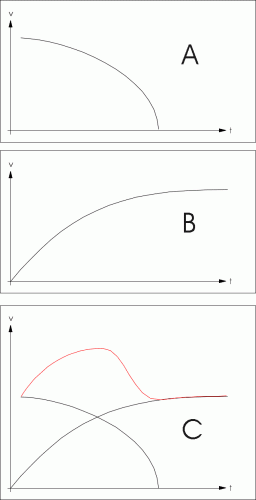KJ_Lesnick
ACCESS: Top Secret
- Joined
- 13 February 2008
- Messages
- 1,042
- Reaction score
- 114
I understand that if a missile was launched at Mach 6, it would be moving almost 4,000 miles an hour faster than if it was launched sitting still. My question is, wouldn't the speed after launch fall back to the missiles maximum speed? I've heard claims to say that it stayed (hypothetically) almost 4,000 miles faster across it's whole flight... but missiles are goverened by thrust and drag, and missiles produce virtually the same amount of thrust regardless of speed (technically the nozzles are affected by air-pressure I suppose), and the extra drag would be negated by the same thrust as before and eventually you'd fall back to normal speed right?

